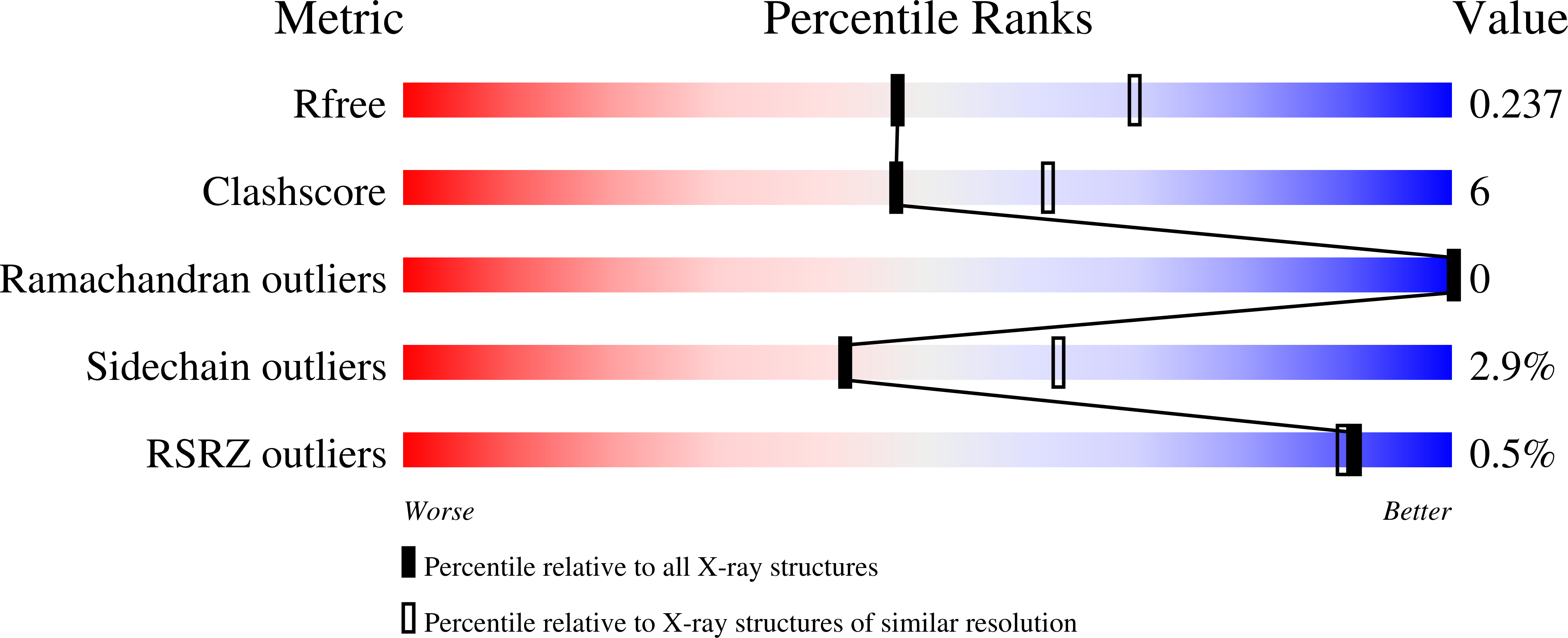
Deposition Date
2022-07-21
Release Date
2022-09-21
Last Version Date
2023-10-18
Entry Detail
PDB ID:
8DRV
Keywords:
Title:
Product structure of SARS-CoV-2 Mpro C145A mutant in complex with nsp8-nsp9 (C8) cut site sequence
Biological Source:
Source Organism:
Host Organism:
Method Details:
Experimental Method:
Resolution:
2.40 Å
R-Value Free:
0.23
R-Value Work:
0.17
R-Value Observed:
0.18
Space Group:
P 21 21 21


